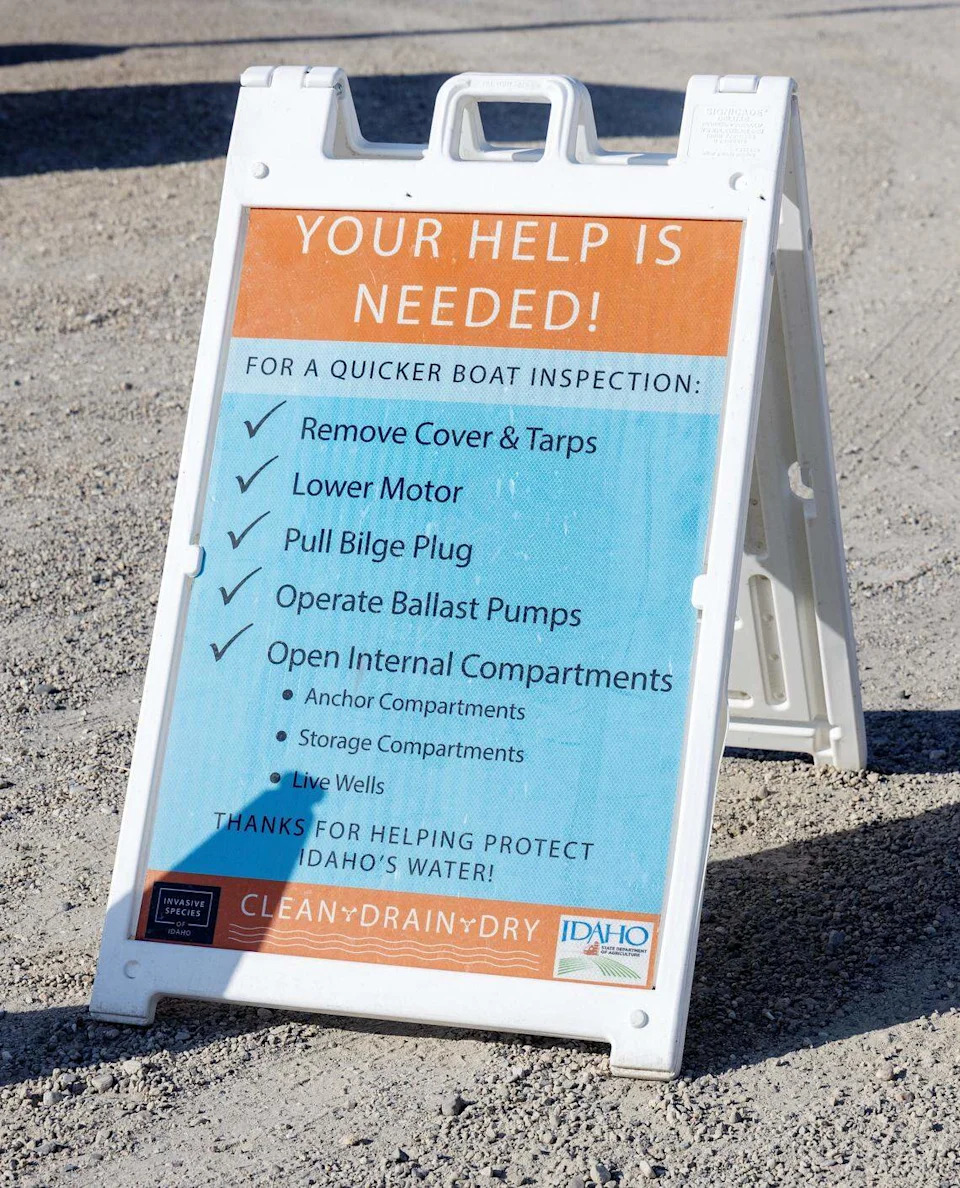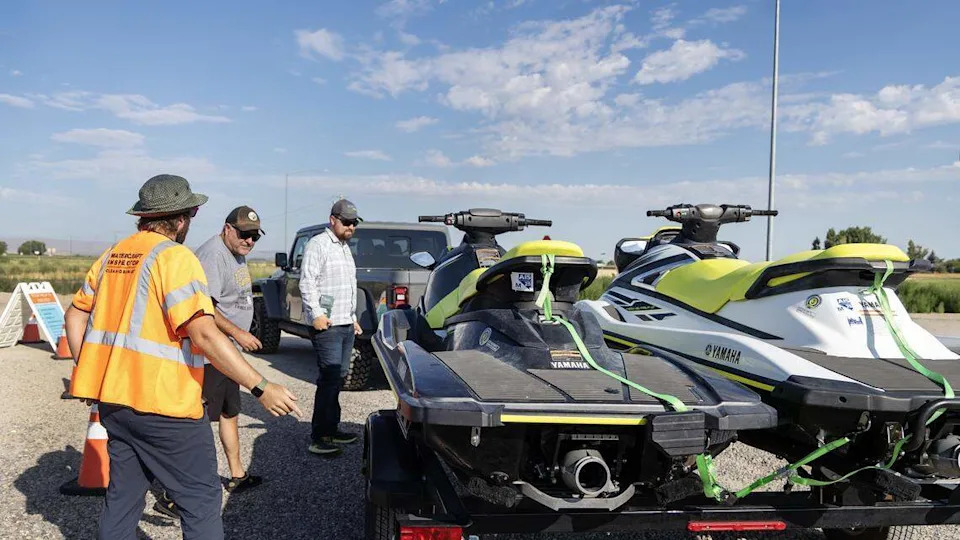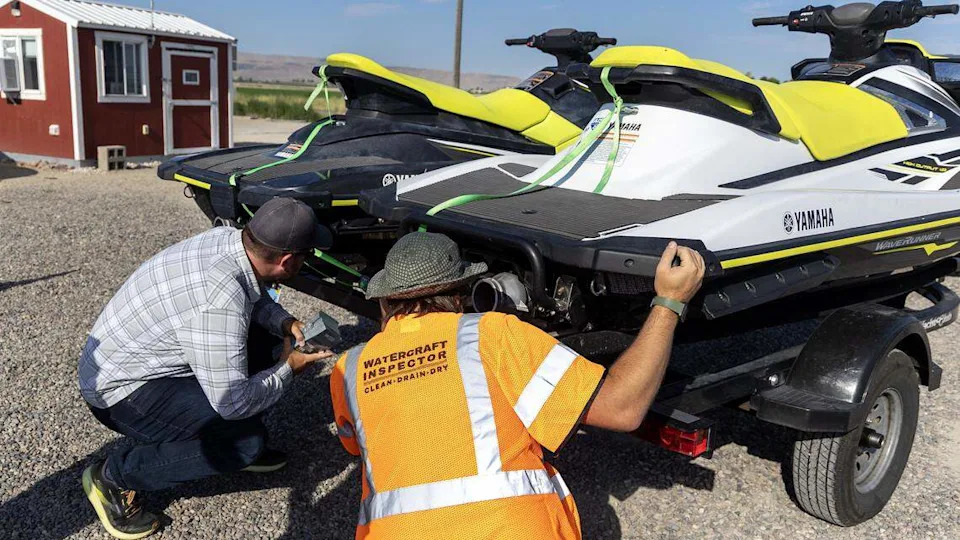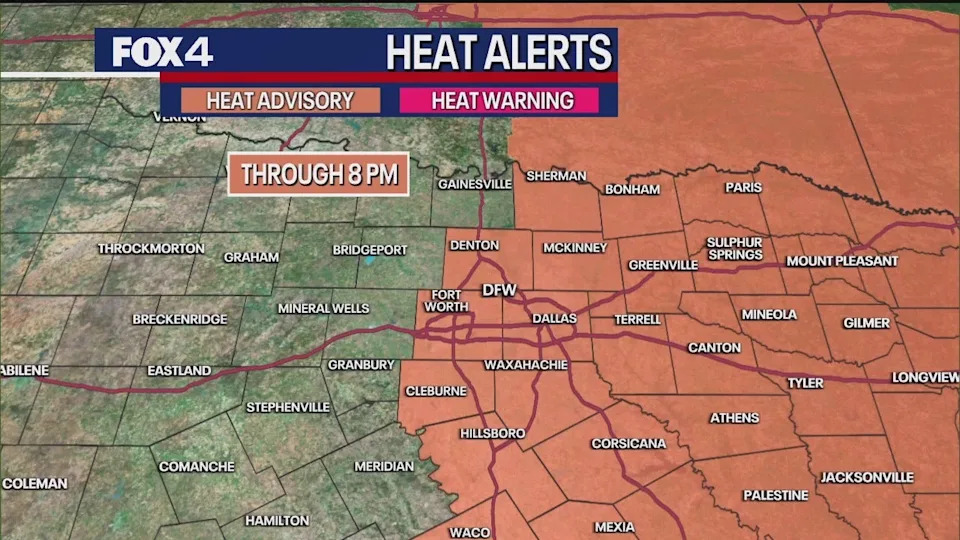The invasive quagga mussels found in an Idaho river in 2023 were microscopic. But to state officials, their presence was enormous.
Though the mussels couldn’t grow much larger than a nickel, state officials said an infestation would devastate Idaho’s economy and ecosystem, clogging water pipes and stealing food from native species. Biologists typically kill off the mussels with chemicals, adding just enough of a lethal dose to infested waters. But treating mussels in a river had never been done before. Moving water would let the toxic chemicals travel beyond the treatment area.
State officials took the risk.
Only two weeks after that first mussel detection, the state spent $3 million to flood the Twin Falls area of the Snake River with over 40,000 pounds of the prescribed copper-based poison. They had anticipated some of the impacts, like scores of sturgeon up to 8 feet long and 35 years old turning up dead. But other effects of the treatment, and the fate of the copper itself, were unknown until now.
Two years after the treatment, a new study from the U.S. Geological Survey detailed that the copper destroyed up to 90% of the invertebrates living in the area, putting at stake food resources for future fish populations in the river. Over 7,000 pounds of copper have settled into the riverbed, according to the study, potentially remaining toxic.
The treatments also didn’t work. A year later, state officials found more quagga mussel larvae, and they applied another round of copper. The effects of the 2024 treatments are still being studied.
“We understood the terrible gravity of what we had to undertake, but we also know ultimately what’s at stake,” Chanel Tewalt, Idaho State Department of Agriculture director, told the Idaho Statesman. “So we can’t shy away from making these hard decisions just because there’s difficult collateral. There is collateral either way.”
‘Fastest and most complex’ mussel treatment in North America
Since 2009, after quagga mussels were found in the Colorado River basin, Idaho has been testing its water and inspecting boats entering the state for signs of the mussels.
Quagga are native to Eastern Europe but were introduced to North American waterways through the Great Lakes in the 1980s, according to Austin Baldwin, research hydrologist at the U.S. Geological Survey Water Science Center. They have spread to nearly all regions of North America aside from the Columbia River basin, where the Snake River drains.
State officials planned their response to the mussels for years leading up to the 2023 detection, but the fact that it happened in the Twin Falls area of the Snake River meant the treatments would be “incredibly challenging,” Tewalt told the Statesman. The river there was sandwiched by canyons, making the water difficult to access by boat and providing plenty of crevices for mussels to hide.
“We had to stage chelated copper along canyon rims with hoses, airlifting boats, constantly moving copper product through a river system,” Tewalt said.
It was the “fastest and most complex” invasive mussel treatment that had ever been done in North America, she added.
The copper product the state used is sold under the name Natrix, a treatment registered for invasive mussel control through the Environmental Protection Agency, according to the product’s parent company, SePRO. Natrix is in a liquid form and is chelated, which helps it evenly distribute in water.
In 2023, the state used a copper concentration of 1 part per million, Department of Agriculture spokesperson Sydney Kennedy told the Statesman. That amount falls below the Environmental Protection Agency’s 1.3 part per million limit for drinking water, but is lethal to adult mussels and other aquatic species.
Copper poisoning had ‘heartbreaking’ collateral
Baldwin was part of the team tasked with finding out, in the aftermath, what all that copper would do. It was “such an unprecedented treatment at this scale,” he said, that it warranted a lot of questions about its impact.
Baldwin in his study found that the effects of the copper on invertebrates, like native mussels and snails, were devastating. The number of invertebrates in the treatment area dropped by 50-90% after the chemicals were deployed, though some species were more tolerant of the copper than others.
“One thing that we don’t know is how long those effects might last, the decreases in abundance,” Baldwin said. “We don’t know if those numbers would rebound within a few months, or if it would take potentially years.”
Baldwin added that the drops in invertebrate populations could shake up the food web for fish — another impact, on top of the chemical treatments that had already killed them off.
Mike Peterson, regional fisheries manager at the Idaho Department of Fish and Game, told the Statesman that 48 white sturgeon out of a local population of 49 were killed directly by the copper treatment. While they also saw fish species like yellow perch and largescale suckers largely killed off, other fish species were minimally affected, he added.
Then there’s the fate of the copper. Baldwin said about half of the copper settled into its solid form or was absorbed by living things within the first 15 kilometers downriver of the treatment area. While he noted that the settled copper was less toxic than in its liquid treatment form, he said it could still harm creatures that live in the sediment of the river.
“I think it’s less toxic to at least a fish, but organisms that live in that sediment, they’re definitely getting exposed to that copper,” Baldwin said. “It’s still there, and it could still be problematic to those organisms living in the stream bed.”
Tewalt described these impacts as “heartbreaking,” but inevitable. Without the treatment, she told the Statesman, native Snake River organisms would have been killed off by the quagga mussels, which suck up nutrients from the water and alter entire ecological regions.
David Wong, a quagga mussel management researcher at the Massachusetts Department of Environmental Protection, criticized Idaho’s approach because of the environmental impact and the need for more poisoning just a year later. He called the treatments a “failure” for having such lethal effects without eliminating the quagga.
Since officials didn’t know where the adult mussels producing the larvae were, Wong told the Statesman, they could not have expected their treatment to succeed. Though state officials found one adult mussel leading up to the first treatment in 2023, mussel larvae were found upstream of that adult, so it couldn’t have been the only source of the larvae, Wong added. In 2024, the state didn’t find any adults before its treatments.
“In order to do a rapid response, you have to have very basic data to support your rapid response plan,” Wong said.
Tewalt dismissed Wong’s concern about missing adult mussels. Searching for them “doesn’t serve a strong purpose” since their small size makes them difficult to find, and an abundance of adults would have indicated the infestation was too far gone for treatment, she said.
The copper treatments were even more robust in 2024, Tewalt said, aiming to address any shortcomings of the first treatments. This time, they went further upriver and checked the copper concentrations to ensure consistency at different depths of the water. It was unlikely that there could have been adults even further upriver, she said, since it was hard to access by boat — the most common way they’re transmitted.
“This upriver discussion, I guess it’s one that folks can have,” she said. “I’m much more concerned about ensuring that copper got into every part of the river that it possibly could.”

Treating quagga mussels was ‘absolutely critical’ for Idaho
An hour southwest of Boise, a small red shed waits at the intersection of U.S. 95 and Idaho 55, intercepting all watercraft entering the state. Employees man the building for 16 hours a day beginning at sunrise, serving alongside two dozen other stations in Idaho as the “first line of defense” against quagga mussels and other invasive water species, according to the state Department of Agriculture’s website.

Lloyd Knight, the agency’s deputy director, told the Statesman that whenever a car holding a watercraft turns into the station, one worker will begin interviewing the driver to determine whether the boat had been in infested waters, while another inspects the watercraft.
“They’re looking for what it’s carrying,” Knight said. “Is it carrying aquatic weeds? Can they see mussels on it? They’ll look on all the surfaces.”
Those inspection stations are intended to intercept another quagga outbreak before the mollusks even have a chance to enter Idaho waters. Officials said they hope to avoid more rounds of chemical treatments, but believe they’d be necessary if they find more of the mussels to avoid the consequences of an infestation.

Through a spokesperson, Gov. Brad Little told the Statesman that a quagga infestation could mean “hundreds of millions of dollars in direct and indirect costs” for the state, having implications for drinking water, energy, agriculture and energy. He characterized the treatments as “absolutely critical.”
Idaho Power biologist Michael Stephenson told the Statesman that the mussels can become clogged in hydropower water intake pipes. Managing them could result in power outages to Idahoans during peak seasons and increased costs passed down to customers, he said.
“The treatment versus the long-term infestation — the juice is worth the squeeze on that one, in my opinion,” Stephenson said.
And Tewalt said if the mussels were to make their way into irrigation pipes, it would have a massive impact on the state’s agriculture industry.
“Idaho uses more acre feet of irrigation water than any other state in the nation except California,” she said. “If we can’t move irrigation water in this state, the lifeblood of our economy withers.”
For now, it’s unclear whether the latest treatments removed the mussels. In a July news release, the state said it has yet to detect any new viable quagga mussels in the Snake River.
But Idahoans can’t rule out the possibility just yet. In previous years, quagga were not detected until the fall.
“We behaved last year as if this was our last chance,” Tewalt told the Statesman. “We fully believe that eradication is possible, or we wouldn’t do this. I can confidently say we left nothing on the table in 2024.”







Comments